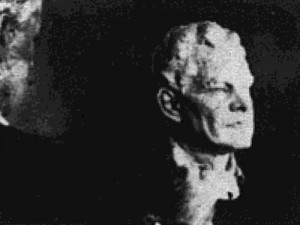
"Portrait in Bronze is an excellent documentary of the making of a bronze bust from the first sitting and the sculpturing in clay right on through to the finished product. The original was shot on Ektachrome commercial and the projection print is excellent in every particular - a large factor in the film's success. It received the MPD Golden Scissors Award for best editing of any film in the contest" PSA Journal, Sept. 1965, 50.
A film with the artist Morris Blackburn as its subject.
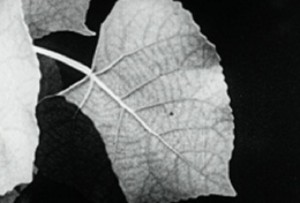
"Portrait of a Young Man, by Henwar Rodakiewicz, ACL, is a triumph of fine photography and sensitive imagination. Abstract in treatment, and speaking through delicately rhythmed scenes of smoke, leaves, grasses, the sea, machinery and the heavens, this film is an attempt to portray in graphic terms a young man's reactions to the beauty, force and mystery of the natural world. In producing the final three reel version, Mr. Rodakiewicz has filmed deliberately toward the one end for more than three years and in many different locales. Although using largely material to be found in nature, he has so transmuted it, by the creative artistry of his selection and control, as to get from each selected scene, not a mere reproduced likeness, but a trenchant and symbolic image. Portrait of a Young Man is beautiful, exciting, workmanlike and distinguished." Movie Makers, Dec. 1932, 538.
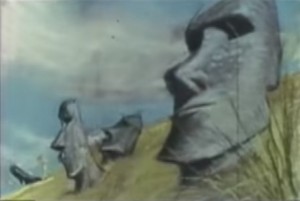
"The mind and heart of Lydia are portrayed symbolically in smooth-flowing, single-framed drawings in this psychological study of a woman. A different film for the devotee of the experimental approach to motion pictures" PSA Journal, Oct. 1963, 42.
"Item is a double feature production of a trip Dr. Willinsky took to Portugal and Morocco with his wife, Sadie. In the form of a travelogue, footage of landmarks, landscapes, vegetation, historic sites and the local population is interspersed with maps and captions that were added in by Dr. Willinsky to provide context. Featured cities include Lisbon, Tangier, Casablanca and Villa Daressada. Sadie is occassionally spotted sight-seeing, interacting with locals and purchasing wares from street vendors." Ontario Jewish Archives.
"The Devon Amateur Film Production Society seems to be still forging ahead at a rapid rate. Its present production is a three reeler entitled “Pott’s Pride,” and it is anticipated that it will be cut and edited by the middle of April. All the “props,” scenery and reflectors have been made by members and though the developing and printing have been put out, the photographic section of the society has undertaken the tinting and toning of the print where necessary. It is hoped that every kinema in Devon will show the picture, the proceeds of which will be devoted to local charities. The film is being directed by Tom H. Hattershall and photographed by A. B. Sydenham, B.Sc." (Anon 1928, 62).
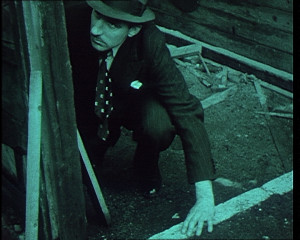
A Mysterious short film surrounding a building company's bid for a contract to build a town hall.
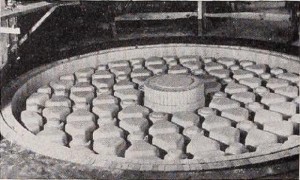
"Pouring A 200 Inch Telescope Mirror, by Edmund H. Wellech, ACL, is a glorified industrial but greatly worthy as a clear record of one of civilization's milestones. Mr. Wellech's film, in addition to being an important scientific document, is, besides, a truly excellent cinematic achievement, for it makes an involved subject entirely understandable. The accomplishment of the single task of determining the correct exposure for scenes of molten glass against a dead black background is in itself a feat that would make the film outstanding. But, beside this, there are carefully worked out cinematic exposition and an approach to perfection in every aspect. As an engineer working at night for the Corning Glass Company, Mr. Wellech devoted his spare daytime hours to making this noteworthy film." Movie Makers, Dec. 1934, 546-547.

"Bituminous coal is the major actor in The Power Behind the Nation. This sound on film color movie, made by Waldo E. Austin for the Norfolk and Western Railway Company, shows effectively the tremendous part played by soft coal in the development of the nation. The picture is well filmed and thoroughly integrated by an excellent narrative, while lead and end titles are appropriately double exposed on shots of moving trains, which serve to drive home the point that the railroad is the important link between the mine and the consumer. Exceedingly fine sequences of coal mining and well handled shots of the railroad equipment are high points. This film is a fine example of an industrial motion picture produced without the excessive equipment and appropriations sometimes thought to be necessary for such an effort. " Movie Makers, Dec. 1940, 604.
Total Pages: 299